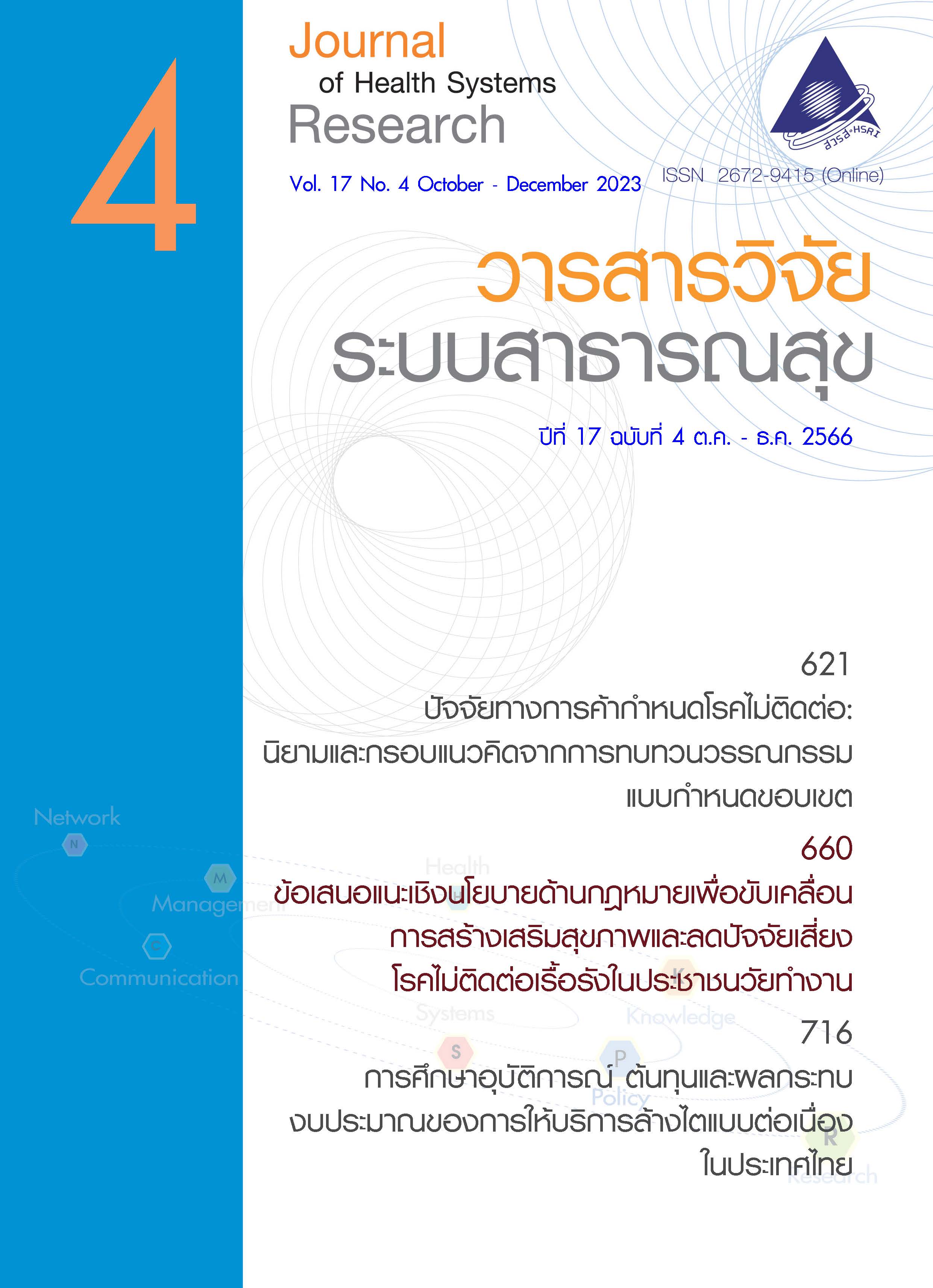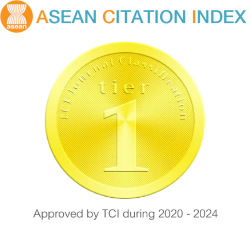Emergency Medical Service: A Case Study of the Local Government Administration Ban Tad Subdistrict, Mueang District, Udon Thani Province
Keywords:
emergency medical service, efficiency of emergency medical service, local government administrationAbstract
This action research aimed to develop and evaluate the emergency medical service (EMS) in the local government administration Ban Tad subdistrict, Udon Thani province. The research was conducted during December 2021 - June 2022. Three target groups included: 1) 34 participants in academic group; 2) 23 participants of the local government administration; and 3) 388 people of Ban Tad subdistrict municipality. Three research processes were conducted: 1) exploration of the EMS problems; 2) development process; and 3) evaluation by using qualitative in-depth interview and focus group discussion. Data were analyzed descriptively by percentage, average, standard deviation, and by inferential independent t-test. It was found that the development of emergency medical service improved people’s knowledge on the EMS call center (before and after implementation p-value = 0.001). The EMS workforce’s time performance improved significantly after development (p-value < 0.05). The preparedness of resources for EMS operations improved from 96.4% to 99.4% after development. In conclusion, the Ban Tad local government EMS development success required indispensable cooperation from all parties.
References
Kongdam Y. A study of emergency medical services perceptions of emergency medical practitioners in local administrative organizations in Phatthalung province (Master of Public Health). Songkla: Songkla University; 2018. (in Thai)
National Institute of Emergency Medicine. Guidelines for compliance with criteria and methods of separation. Nonthaburi: National Institute of Emergency Medicine; 2013. (in Thai)
Pochaisan O, Pattanarattanamolee R, Pongphuttha W, Chadbunchachai W, Nakahara S. Development of an emergency medical services system in Thailand: roles of the universal health coverage and the national lead agency. Emerg Med Australas 2021;33(4):756-8.
Yamane T. Statistics: An introductory analysis. New York: Harper and Row; 1973. p. 115-9.
Kummak P, Kummak S, Kagmmunee M. Factors related to self-care behaviors among patients with hypertension. J Nurs Public Health 2015;2(3):74-91. (in Thai)
Lasswell HD. Power and society: A framework for political inquiry. Routledge; 2017.
Kaewpea P, Abhicharttibutra K, Wichaikhum O. Quality improvement of nursing handover, emergency room, Uttaradit Hospital. J Chiang Mai Nurs 2020;47(2):369–80. (in Thai)
Cohen JM, Uphoff NT. Participation’s place in rural development: seeking clarity through specificity. World Dev 1980;8(3):213-35.
Herzberg F. Motivation to work: Routledge; 2017.
Patsadu P, Pholtana S, Srichan P, Jonglertmontree W. Factor affecting survival outcome among hospital cardiac arrest: a systematic review. J Emerg Med Serv Thailand 2021;1(2):184-97. (in Thai)
Sirisamutr T, Ponsen K, Wachiradilok P. Knowledge, perspective, and reasons of not-calling emergency medical service in Thailand. Journal of Health Systems Research 2018;12(4):668-80. (in Thai)
National Institute of Emergency Medicine. Emergency medical master plan no. 4: 2023-2027. Bangkok: Ultimate Printing; 2023. (in Thai)
Downloads
Published
How to Cite
Issue
Section
License
Copyright (c) 2024 Journal of Health Systems Research

This work is licensed under a Creative Commons Attribution-NonCommercial-NoDerivatives 4.0 International License.
Journal of Health Systems Research is licensed under a Creative Commons Attribution-NonCommercial-NoDerivatives 4.0 International (CC BY-NC-ND 4.0) license, unless otherwise stated.




